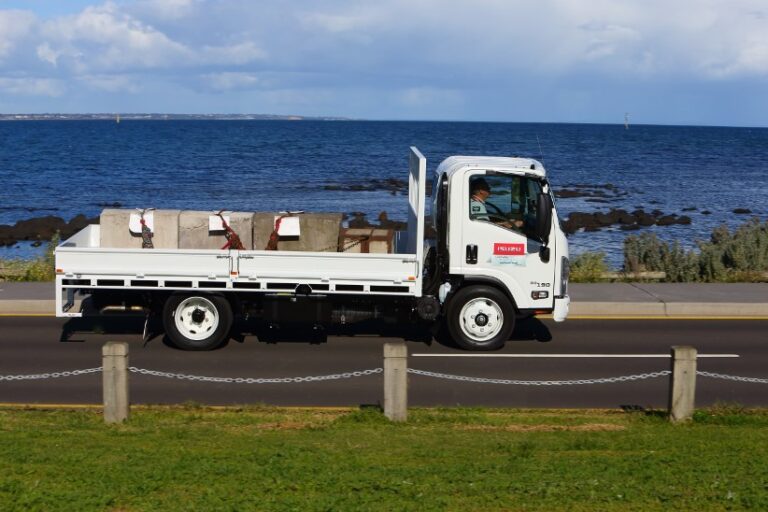Latest figures from Isuzu Australia Limited (IAL) show that sales of two pedal trucks have finally surpassed the three pedal models’ traditional dominance of Australia’s light and medium-duty markets.
This isn’t a surprise shift, but rather a landmark moment in a steadily growing trend for the Japanese product offering.
It comes in line with overall trends in the automotive market, as more and more Australians choose a car with two pedal controls over three.
Figures from the Australian Federal Chamber of Automotive Industries (AFCAI) show just 13 per cent of all passenger cars sold in 2014 had a manual transmission, down from 33 per cent in 2000.
The trend is similar in many international markets, with U.S. automotive research companies reporting that manual transmission sales accounted for only seven per cent of new car sales in 2012. That figure dropped to 3.9 per cent by August 2013.
And some car manufacturers have ceased offering traditional manuals in certain models, even in the case of prestige and performance brands like Jaguar and Ferrari.
Phil Taylor, IAL Director and Chief Operating Officer, attributes the switch in trucking to ease of application.
“We’re seeing a lot of businesses, especially those operating in urban PUD applications, making the switch to two-pedal trucks because of the much broader employment pool it offers,” he said.
“Automatics and Automated Manual Transmissions (AMTs) require less training than a manual, which immediately creates more options in staffing and a reduction in training costs.
“We’ve responded to the need for a more ‘car-like’ feel and ease of operation through our product ranges like the Isuzu ready-to-work line-up.”
Trucks up to 4.5 tonnes Gross Vehicle Mass (GVM) can be driven on a car licence and as such, have been a popular choice for rental companies, owner operators and seasonal employers.
Since only 17 per cent of Victorians who sat their licence test in 2014 used a manual vehicle, removing a clutch pedal means lengthening the list of potential employees considerably.
There are also reduced maintenance costs around wear and tear on clutch and driveline components, and a boost to productivity through the momentum gained by refining gear-shift intervals.
The shift factor may seem negligible at first blush, but US-based Allison Transmission, the world’s largest manufacturer of commercial-duty automatic transmissions, claims the powered shift of an automatic transmission gains anywhere from four to seven seconds every 400 metres travelled.
Recent technological advances also mean that, according to a number of sources*, an AMT provides up to five per cent better fuel economy compared with a manual transmission driven by an average driver.
This effect is magnified when combined with features such as Idle Stop Start (ISS) – a technology common in many modern cars but which is just starting to find a toehold in the trucking industry.
“The introduction of the Isuzu Automated Manual Transmission with torque converter (TC-AMT) to our F Series range has generated a fantastic response, with our customers praising its efficiency, smoothness and ease of operation,” said Mr Taylor.
“We’re confident the updated 2016 N Series with Isuzu 3rd Generation TC-AMT will be just as popular.”
For many owner-operators and small businesses, the day-to-day savings an AMT provides offset the higher initial sale price, which might have previously steered them towards cheaper manual transmission options.
“When they do the sums around daily costs, and combine them with a higher resale value, it makes sense in the long run,” Mr Taylor said.
Advanced markets in the U.S. and Europe are already far ahead in their adoption of two-pedal trucks, but Australia is catching up as market demand steers increasingly toward a more car-like drive in commercial vehicles.
“The shift towards two-pedal passenger vehicles is likely to continue in Australia,” said Mr Taylor.
“And the reasons that customers have switched their home vehicle – ease of use, comfort and economic benefits – become even more compelling when applied to their business.”
With an expectation that Australia’s freight task will triple by 2050, and the greater staff numbers and flexibility this will require, it seems the clutch pedal is headed for the endangered species list.






